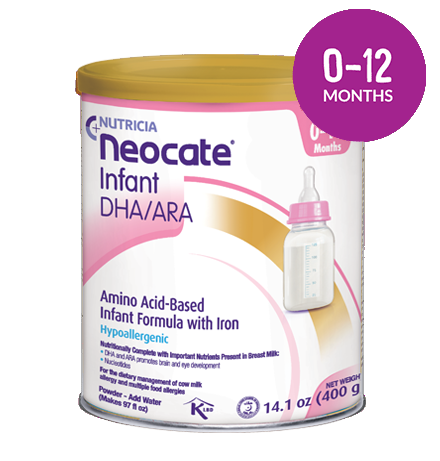EOE VERSUS GERD: HOW CAN YOU TELL THE DIFFERENCE?
EoE is an allergic inflammatory condition. White blood cells called eosinophils collect in the walls of the esophagus, the tube that leads from the mouth to the stomach. The inflammation causes pain and swelling, which make swallowing difficult.
GERD, on the other hand, is caused by acidic stomach fluids being regurgitated into the esophagus. The acids damage the lining of the esophagus, causing heartburn.
The tricky part is, EoE can also cause heartburn while GERD can also cause trouble swallowing. It’s not uncommon for children with EoE to be misdiagnosed as having GERD. And to make matters even more confusing, sometimes both conditions are present. Testing eosinophil levels in the esophagus is the best way to tell EoE from GERD.







